SpaceX astronauts: We’re go for launch
Donald Trump will be at Kennedy Centre to watch SpaceX rocket launch two astronauts and the US space program into a new era on Thursday.
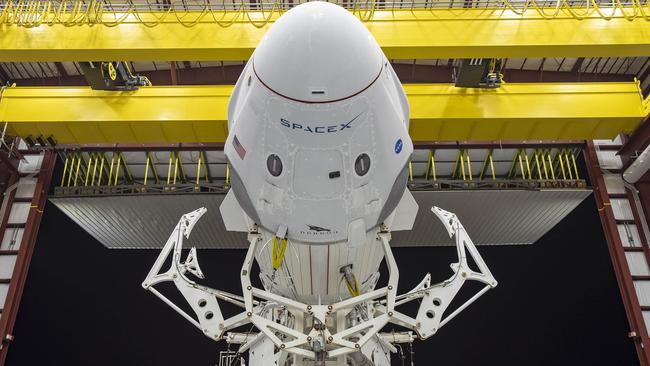
America needs some good news right now and, weather permitting, it may come early Thursday morning (launch set for 6.33am AEST) when SpaceX’s Falcon 9 rocket is set to launch two astronauts and the US space program into a new era.
Donald Trump says he will be at Florida’s Kennedy Space Centre to watch the countdown as will Vice President Mike Pence.
If all goes well, they will watch history unfold as entrepreneur Elon Musk’s SpaceX becomes the first private company to put astronauts into space with its own rocket and Dragon capsule.
If the mission to fly veteran NASA astronauts Doug Hurley and Bob Behnken to the International Space Station goes well, it will be a welcome tonic for a country weighed down by the coronavirus pandemic and a crippled economy.
For the president it would be vindication of his promise to “renew American leadership in space.” For NASA it would be the first flight to launch astronauts from US soil since the space shuttle Atlantis took its final flight in 2011.
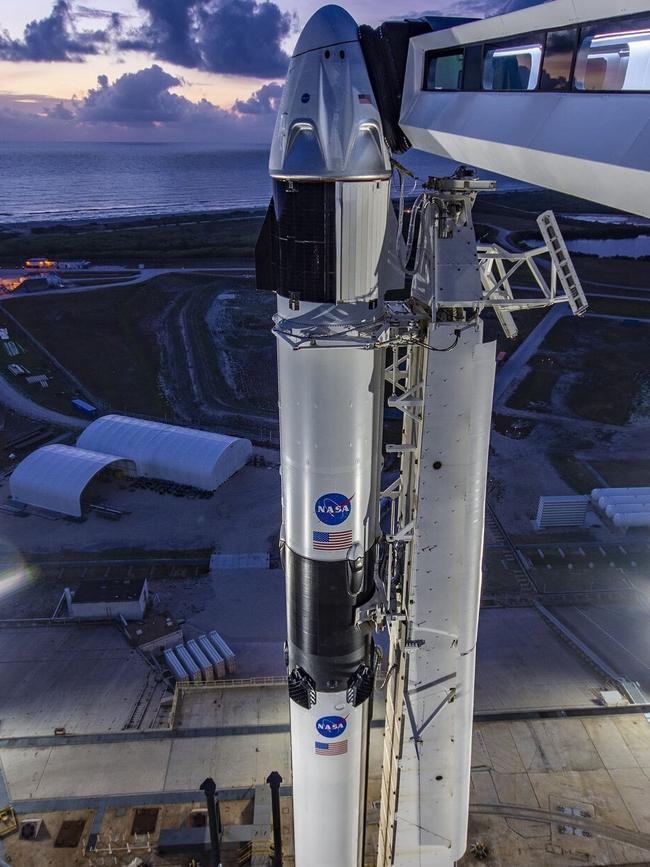
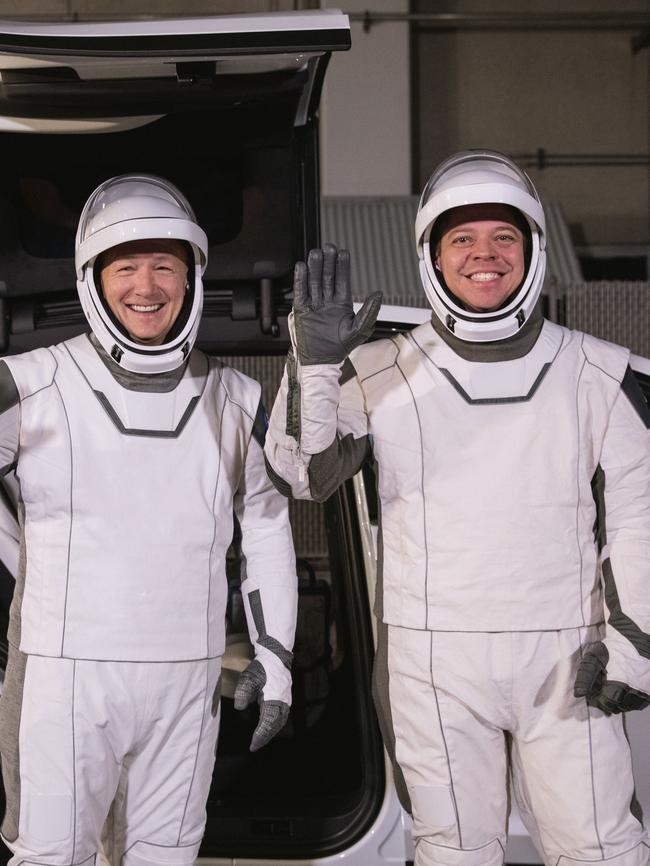
And for Mr Musk, it would be a stunning moment for his dream to become a serious player in space with his cost-cutting plan of using reusable rockets to launch satellites, cargo and astronauts to the space station.
But the risks are high, and any failure of the mission – or worse, an accident – would be a disaster for NASA, for Mr Musk and for the country’s space program.
Although SpaceX has been launching cargo to the space station since 2012, the stakes are so much higher with astronauts aboard.
“It’s a huge step, obviously, going from cargo … to launching two people that are dads as we call them and have families, kids, wives.,” SpaceX Vice President Hans Koenigsmann said this week.
NASA Administrator Jim Bridenstine has said the safety of the astronauts was NASA’s highest priority. He said he texted the astronauts saying; “If you want me to stop this thing for any reason, say so. I will stop it in a heartbeat if you want me to.”
Mr Bridenstine said both men came back and said, “We’re go for launch.”
SpaceX has defeated its competitor Boeing in a race to be the first private company to deliver a rocket to NASA but the company has still had teething problems getting to this stage.
In April last year a crew capsule exploded during a test, grounding the vehicle for months. The following month, in May, the parachutes that slow the capsule as it returns to earth failed. The failed tests did not involve crew.
Since the retirement of the Space Shuttle program, the US has been forced to pay Russia to take US astronauts to the space station.
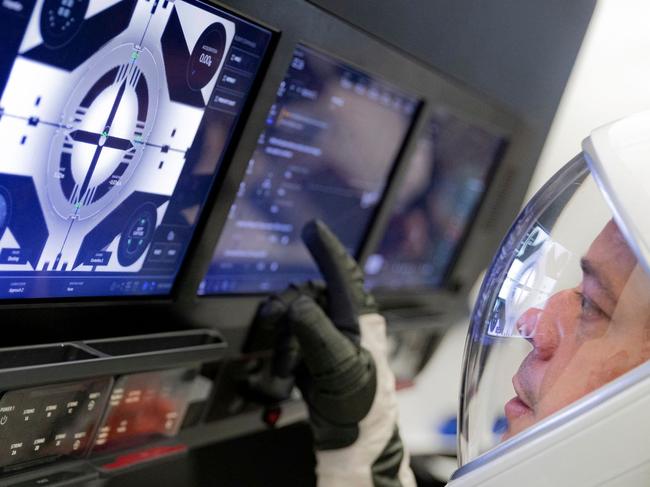
The mission is the culmination of the plan to make private industry, rather than the government-owned NASA, pay for the expensive construction of spacecraft. If successful, it will be the beginning of more regular forays into space, privately funded, which could open the way eventually for space-based tourism and other applications.
Astronauts Hurley and Behnken are NASA veterans who have spent 57 days in space between then and have served as test pilots in the Marine Corps and Air Force, respectively.
Mr Musk, who is on the cusp of seeing his dream become a reality, says the launch is a “crucial step, can’t mess it up.”
“The probability of success, you know, knock on wood, I think is high,” he says. “But it is not 100 per cent. And so we’re just doing everything we can to think of, any possible way, to improve the probability of success, because this would be a big setback if something were to go wrong.”
For Mr Trump, the SpaceX launch is just the start of his broader plans for the US to return to pace. He has set up a new Space Force military branch, has promised to send Americans back to the moon and wants a manned mission to Mars as quickly as possible.
“The directive I am signing today will refocus America’s space program on human exploration and discovery,” Mr Trump said in December 2017. “It marks a first step in returning American astronauts to the Moon for the first time since 1972, for long-term exploration and use. This time, we will not only plant our flag and leave our footprints — we will establish a foundation for an eventual mission to Mars, and perhaps someday, to many worlds beyond.”
Cameron Stewart is also US Contributor for Sky News Australia


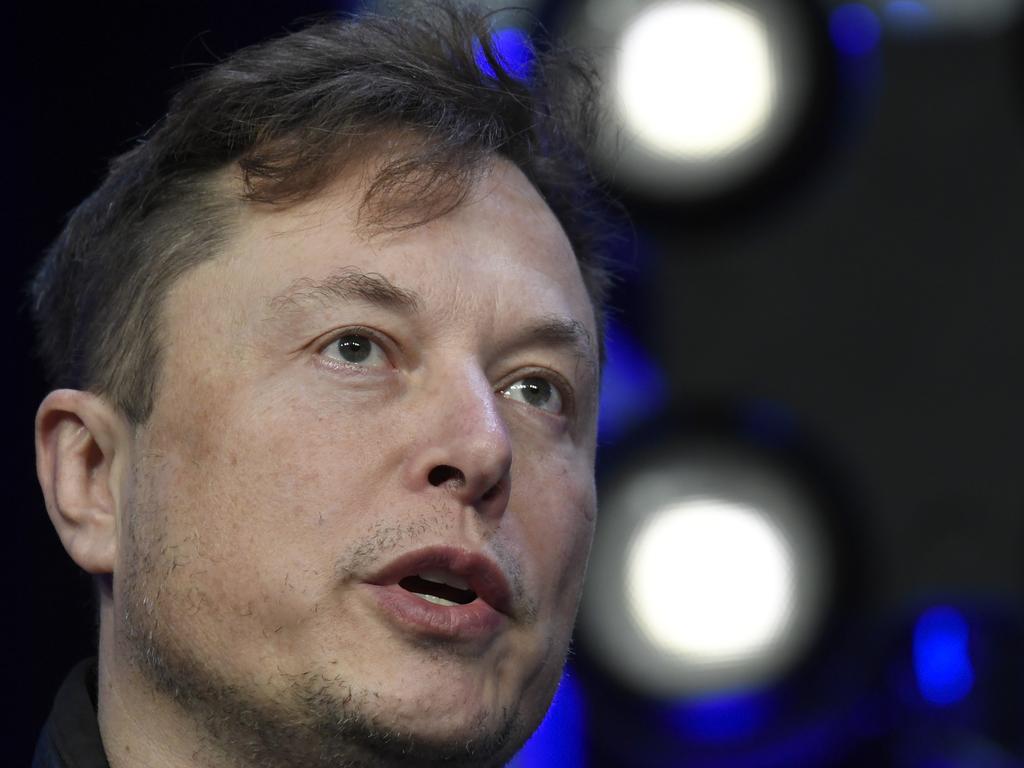




To join the conversation, please log in. Don't have an account? Register
Join the conversation, you are commenting as Logout